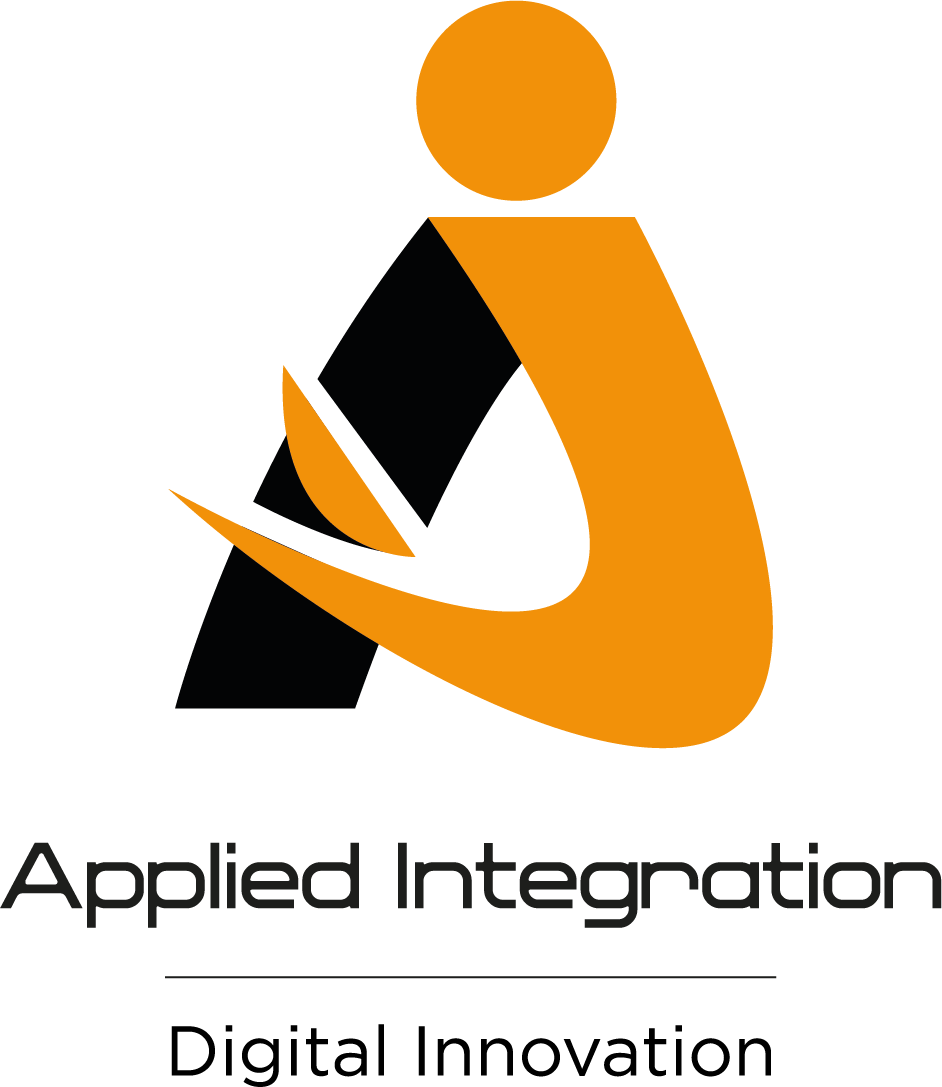Crossing the chasm: AMRs, a component for an agile world class productive operation
AMR Growth
It is clear that AMR’s are Crossing the Chasm. A report completed by Grand View Research states that the global market size for AMR’s is to reach $8.3 billion by the year 2027. This is no surprise since there are many benefits to be gained.
What is driving this growth?
Autonomous Guided vehicles have been around for over 30+ years but now they are more agile and are constantly getting smarter!
AMRs offer the potential to drive productivity gains of 30-400% for pick, place, pack and a wide range of transport operations. They can also deliver cost reductions that can result in investment payback within months.
E-commerce operations and automotive production lead the way but manufacturing, warehouse logistics. retail, pharmaceutical, food processing and more are realising the potential and are reaping the rewards.
Dependent on type and variant, AMRs can transform operations. With built in intelligence, smart supervisory traffic and integrated task execution management software, AMRs can dynamically calculate job fulfilment routes in real time for maximum throughput, calculate alternative routes or negotiate objects and people should they get in their way and even multi-task.
AMR potential benefits:
Dynamic real time routing optimisation
60% + reduction in walking/driving time
Repeatable 24/7 operation
Reduced errors (with add on technology)
Intelligent one vehicle multiple-task execution based on capacity and pick/place locations (e.g. mix pick/put-away)
Manage new “normal” like social distancing
Provide process transparency and actionable insights
How to achieve productivity goals with AMRs:
Your business, Your process, Your goals. Find what works for you.
There are so many options out there so as with many good things, careful attention is needed to ensure the avoidance of pitfalls, unexpected cost, disruptive deployment delays or surprises that mean unexpected compromise to shoehorn AMRs into the process.
Thinking bigger picture, imagining the ideal and working back from there helps.
Systematic and holistic Approach means Objectives achieved and results are driven!
It helps to divide processes into distinct groups of bounded interoperating objects: Lineside racks, stores racks, production/warehouse management systems, humans, doors, tote bins, code scanners etc. Boundary transitions can then be identified and measured such as physical items & data crossing boundaries and the rate at which they cross. Ultimately, this simplifies the identification of process limitations.
Effective and focused evaluation can then determine where best to start the adoption of AMRs.
Example considerations that impact and focus AMR type and variant choice:
Operation type: Production line/cell feed, e-commerce/retail low level order piece pick, case/pallet pick
Payload type
Layout and structures for navigation reference
Likely Interaction with other traffic (Vehicles, humans, random objects)
Throughput demand
Environment and temperature
Transitions (between climatic zones, indoor/outdoor)
Transfers (racks, conveyors, lifts, trucks, ASRS/Shuttle)
Potential for interoperability with existing and new 3rd party systems
Safety: Some AMRs are great at what they do but due to safety system type may not be able to travel at optimal speeds or support required payload transport
Intersystem collaboration and future extensibility: the path to world class process and competitive advantage.
Applied Integration are excited about the growth of AMR’s over the coming years. Deploying AMR’s within your organisation,future proofs your operating process. Changes and challenges can be faced without having to make huge changes to your existing systems.
If this is something which interests you, get in contact with our team today to discuss your requirements.
Applied Integration is a leading systems integrator, specialising in delivering the latest industry technologies with a focus on Industry 4.0, Digitalisation, Internet of Things (IoT), Analytics, Big data / Cloud Technologies, Safety Critical Systems (SIL1, SIL2, SIL3) and Robotics and Collaborative Robots (Cobots). Founded in 2005, AI has a dynamic, 50+ strong engineering team with many years combined experience.



